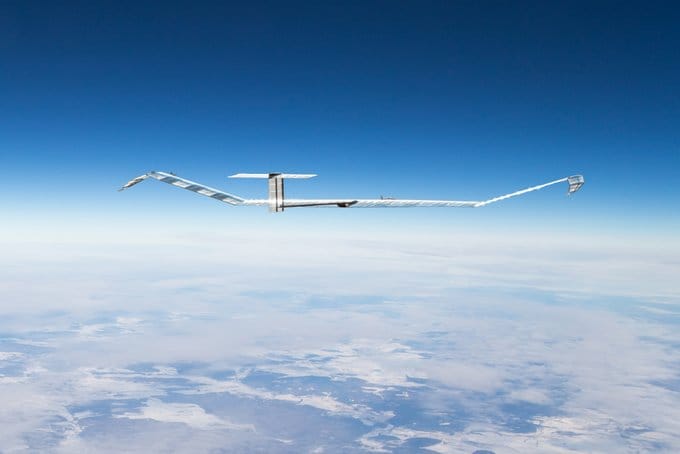AALTO HAPS Marks Milestone with Stratospheric Test in Laikipia

AALTO HAPS Limited, an Airbus subsidiary specialising in the design, manufacture, and operation of High-Altitude Platform Stations (HAPS), has announced the successful completion of its first stratospheric flight and testing from the newly established AALTOPORT in Laikipia County, Kenya.
Flying above 60,000 feet for over 13 days, the Zephyr HAPS was equipped with a direct-to-device (D2D) 4G/5G connectivity payload developed at AALTO’s Farnborough headquarters.
The system, designed to be compatible with standard smartphones, was tested to evaluate video and data service performance.
Additionally, AALTO validated enhancements to Zephyr’s flight envelope, improving stability and overall performance.
Emphasising Kenya’s commitments to advancing near-space technologies, Kenya Space Agency CEO and Acting DG Brigadier Hillary Kipkosgey said that the agency’s support to AALTO demonstrates Kenya’s leadership in creating a new hub for near-space technology.
“As the national regulator for space activities and coordinating agency for the multi-agency team on stratospheric operations, the Kenya Space Agency is committed to promoting the adoption and use of enabling technologies that are innovative, secure, and impactful,” he said.
AALTO secured regulatory approvals in 2024 to establish AALTOPORT, following 18 months of engagement with Kenyan aviation and space authorities.
The Kenya Space Agency (KSA) and Kenya Civil Aviation Authority (KCAA) facilitated flight authorisations.
Thus, Kenya’s participation solidifies its position as a pioneer in stratospheric technology, marking the country as the first to test the solar-powered Zephyr drone—a potentially cost-effective alternative to traditional satellite connectivity solutions such as SpaceX’s Starlink.
This milestone follows a $100 million (Sh 12.9 billion) investment into AALTO by a consortium of Japanese companies to accelerate the development of stratospheric pseudo-satellites.
The investment round, led by NTT Docomo, underscores the growing demand for HAPS-based connectivity, particularly in remote areas where traditional satellite services are costly or impractical.
On his part, AALTO CEO Hugues Boulnois highlighted the Zephyr HAPS’ transformative potential noting that Zephyr’s return to stratospheric testing and operations is a significant milestone in its commercial roadmap.
“As the most established platform globally, Zephyr continues to showcase its capabilities across connectivity and Earth observation applications,” he said.
“It is a complementary asset to traditional space and defence ecosystems with unrivalled performance, flexibility, and a payload-agnostic design. Thanks to the strategic vision of Kenyan regulators, we are now one step closer to commercialising the stratosphere.”
Boulnois further said that with Kenya emerging as a key operational base, AALTO’s progress signals a new era in high-altitude connectivity, bridging the gap between aerospace and satellite services for global markets.
Follow us on WhatsApp, Telegram, Twitter, and Facebook, or subscribe to our weekly newsletter to ensure you don’t miss out on any future updates. Send tips to editorial@techtrendsmedia.co.ke



